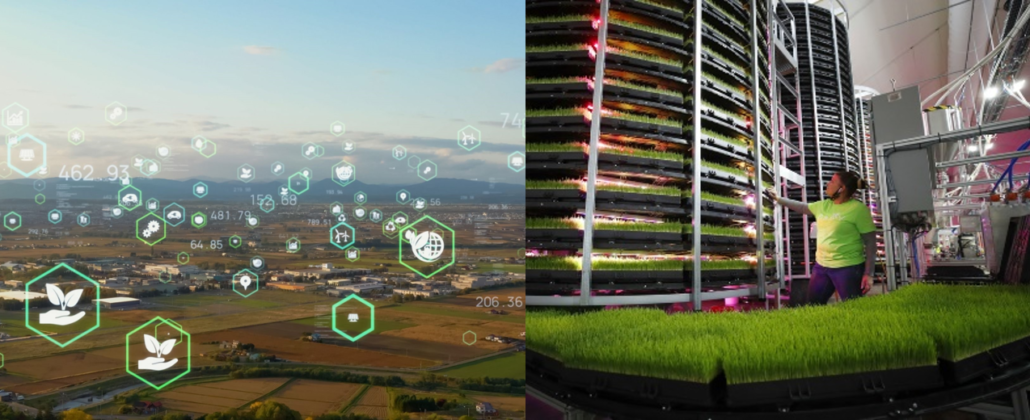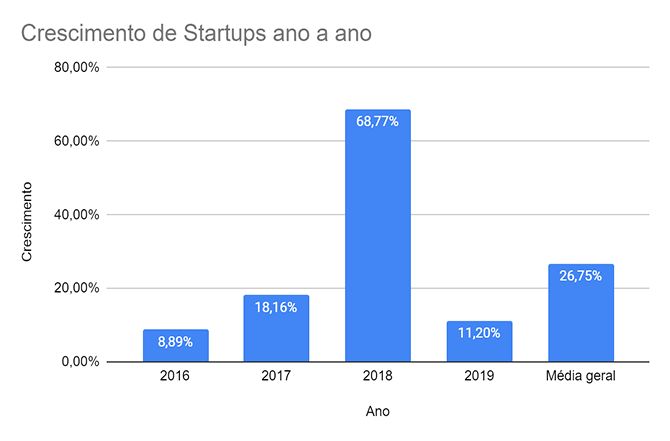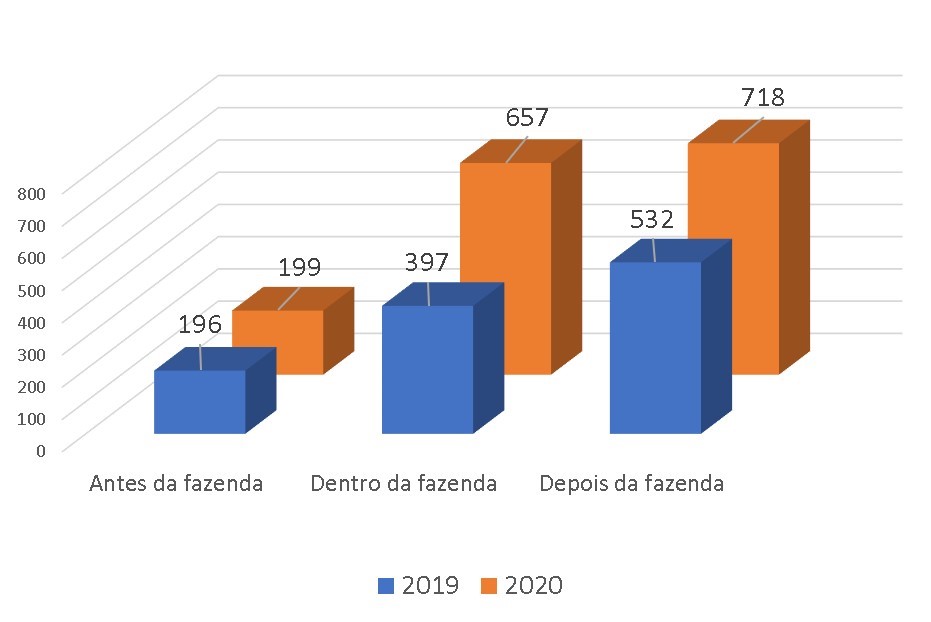Double-entry bookkeeping started being used by merchants in Italy as a manual system during the 14th century. Harold Averkamp (CPA, MBA) has worked as a university accounting instructor, accountant, and consultant for more than 25 years. He is the sole author of all the materials on AccountingCoach.com. After enrolling in a program, you may request a withdrawal with refund (minus a $100 nonrefundable enrollment fee) up until 24 hours after the start of your program. Please review the Program Policies page for more details on refunds and deferrals.
Below, we’ll break down each term in the simplest way possible, how they relate to each other, and why they’re relevant to your finances. The working capital formula is Current Assets – Current Liabilities. Consider an end-to-end payables solution that automates the easy stuff, so you can focus on growth.
- It helps establish the net worth (and solvency) of a business.
- Equity is also referred to as net worth or capital and shareholders equity.
- The major reason that a balance sheet balances is the accounting principle of double entry.
- He is a CFA charterholder as well as holding FINRA Series 7, 55 & 63 licenses.
- This is the value of funds that shareholders have invested in the company.
Put another way, it is the amount that would remain if the company liquidated all of its assets and paid off all of its debts. The remainder is the shareholders’ equity, which would be returned to them. Essentially, the representation equates all uses of capital (assets) to all sources of capital, where debt capital leads to liabilities and equity capital leads to shareholders’ equity. The accounting equation is a concise expression of the complex, expanded, and multi-item display of a balance sheet.
Shareholders’ Equity
Overall, then, the expanded accounting equation is useful in identifying at a basic level how stockholders’ equity in a firm changes from period to period. The income and retained earnings of the accounting equation is also an essential component in computing, understanding, and analyzing a firm’s income statement. This statement reflects profits and losses that are themselves determined by the calculations that make up the basic accounting equation. In other words, this equation allows businesses to determine revenue as well as prepare a statement of retained earnings. This then allows them to predict future profit trends and adjust business practices accordingly.
But armed with this essential info, you’ll be able to make big purchases confidently, and know exactly where your business stands. Balancing assets, liabilities, and equity is also the foundation of double-entry bookkeeping—debits and credits. It might not seem like much, but without it, we wouldn’t be able to do modern accounting. It tells you when you’ve made a mistake in your accounting, and helps you keep track of all your assets, liabilities and equity. However, due to the fact that accounting is kept on a historical basis, the equity is typically not the net worth of the organization. Often, a company may depreciate capital assets in 5–7 years, meaning that the assets will show on the books as less than their “real” value, or what they would be worth on the secondary market.
How is the Balance Sheet used in Financial Modeling?
Debt is a type of liability and is generally the most dangerous type. They can be a vital part of a company’s operations, in both day-to-day business and long-term plans. They help you understand where that money is at any given point in time, and help ensure you haven’t made any mistakes recording your transactions. These are some simple examples, but even the most complicated transactions can be recorded in a similar way. This equation is behind debits, credits, and journal entries. As the fintech industry continues to expand, memorizing accounting equations will become obsolete.
Individual transactions which result in income and expenses being recorded will ultimately result in a profit or loss for the period. The term capital includes the capital introduced by the business owner plus or minus any profits or losses made by the business. Profits retained in the business will increase capital and losses will decrease capital.
What Is a Liability in the Accounting Equation?
The shareholders’ equity section displays the company’s retained earnings and the capital that has been contributed by shareholders. For the balance sheet to balance, total assets should equal the total of liabilities and shareholders’ equity. As you can see, no matter what the transaction is, the accounting equation will always balance because each transaction has a dual aspect. The accounting equation uses total assets, total liabilities, and total equity in the calculation. This formula differs from working capital, based on current assets and current liabilities.
Every transaction is recorded twice so that the debit is balanced by a credit. Liabilities and equity make up the right side of the balance sheet and cover the financial side of the company. With liabilities, this is obvious—you owe loans to a bank, or repayment of bonds to holders of debt. Liabilities are listed at the top of the balance sheet because, in case of bankruptcy, they are paid back first before any other funds are given out. Changes in balance sheet accounts are also used to calculate cash flow in the cash flow statement.
Accumulated Other Comprehensive Income (Loss), AOCIL, is a component of shareholders’ equity besides contributed capital and retained earnings. It is important to pay close attention to the balance between liabilities and equity. A company’s financial risk increases when liabilities fund assets. Balance sheets, like all financial statements, will have minor differences between organizations and industries.
By decomposing equity into component parts, analysts can get a better idea of how profits are being used—as dividends, reinvested into the company, or retained as cash. Working capital indicates whether a company will have the amount of money needed to pay its bills and other obligations https://intuit-payroll.org/ when due. Not all companies will pay dividends, repurchase shares, or have accumulated other comprehensive income or loss. We also allow you to split your payment across 2 separate credit card transactions or send a payment link email to another person on your behalf.
The expanded accounting equation is a form of the basic accounting equation that includes the distinct components of owner’s equity, such as dividends, shareholder capital, revenue, and expenses. The expanded equation is used to compare a company’s assets with greater granularity than provided by the basic equation. The purpose of this article is to consider the fundamentals of the accounting equation and to demonstrate how it works when applied to various transactions.
The bread and butter lies in freeing up your human labor to work on value-based tasks, while automating manual processes. If the balance sheet you’re working on does not balance, it’s an indication that there’s a problem with one or more of the accounting entries. Liabilities are presented as line items, subtotaled, and totaled on the balance sheet. Everything listed is an item that the company has control over and can use to run the business. This account includes the amortized amount of any bonds the company has issued. Over 1.8 million professionals use CFI to learn accounting, financial analysis, modeling and more.
Assets will typically be presented as individual line items, such as the examples above. Then, current and fixed assets are subtotaled and finally totaled together. This transaction affects both sides of the accounting equation; both the left and right sides of the equation increase by +$250.
The basic accounting equation is used to provide a simple calculation of a company’s value, based on a comparison of equity and liabilities. For a more form 940 instructions specific breakdown of the components of equity, use the expanded equation instead. Anushka will record revenue (income) of $400 for the sale made.
We do not include the universe
of companies or financial offers that may be available to you. The type of equity that most people are familiar with is “stock”—i.e. Below is a portion of Exxon Mobil Corporation’s (XOM) balance sheet as of September 30, 2018. Adam Hayes, Ph.D., CFA, is a financial writer with 15+ years Wall Street experience as a derivatives trader.



